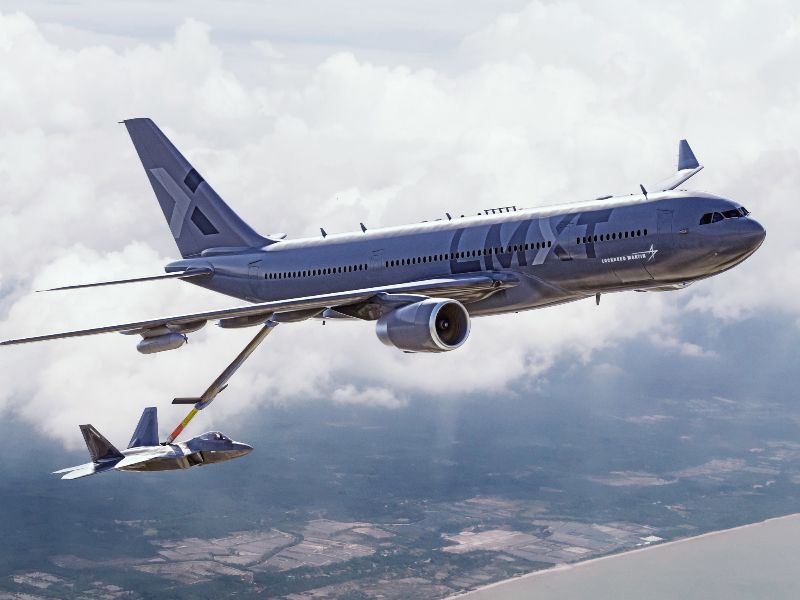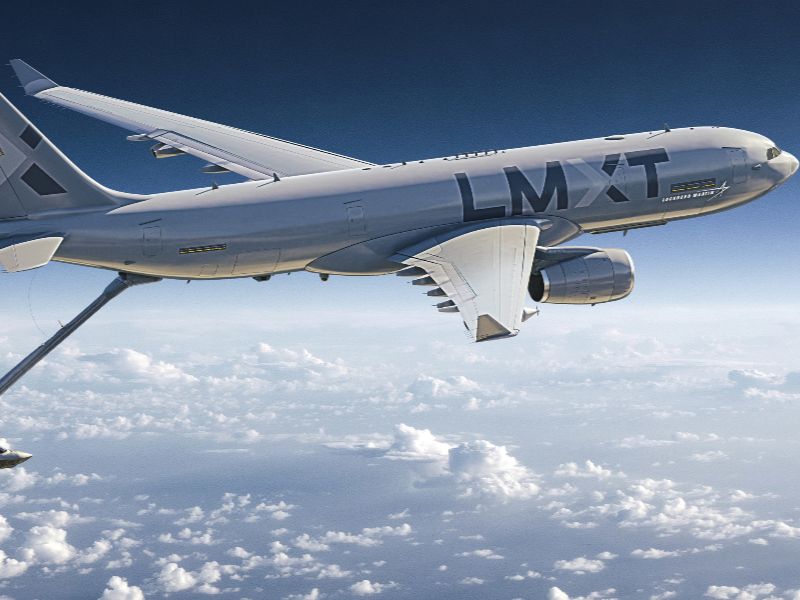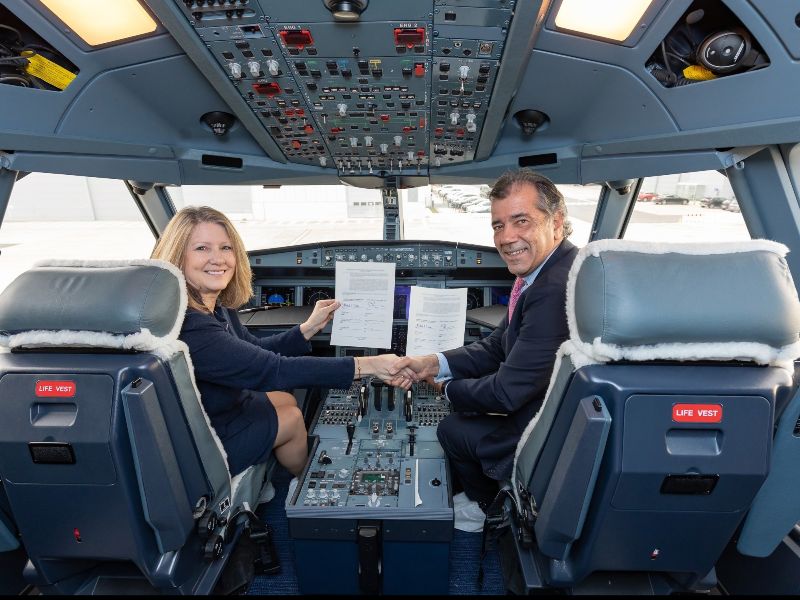LMXT is a new, advanced aerial refuelling tanker aircraft being developed by Lockheed Martin, a US-based aerospace and defence company.
Launched in September 2021, the aircraft was designed to provide a tanker that meets the current needs of the US Air Force (USAF) and is flexible enough to adapt to future mission requirements. It is the newest tanker produced by Lockheed Martin, building on its experience of designing and producing tankers for the USAF, Marine Corps, Navy, and global operators.
USAF tanker competition
The LMXT tanker is Lockheed Martin’s offering for the USAF’s KC-Y programme, which was conceived to procure tankers to bridge the gap between the USAF’s existing strategic tanker fleet and the next-generation advanced air refuelling tankers.
Lockheed Martin collaborated with Airbus, an aerospace and defence company, in December 2018 to jointly explore the opportunity of providing aerial-refuelling services and developing solutions to meet the requirements for next-generation tankers that can operate in challenging conditions.
LMXT tanker aircraft design and features
The LMXT tanker is designed based on the proven design of the Airbus A330 multi-role tanker transport (MRTT), which is used by 14 nations to refuel fighter, transport and maritime patrol aircraft. It will leverage the proven performance and capability in both boom and hose-and-drogue refuelling operations.
The tanker incorporates an open system architecture to facilitate modularity and interoperability with the systems of joint all-domain command and control (JADC2), an initiative that aims to connect sensors from different US military branches into a single cloud-like network to enable quick and more informed decision-making.
The strategic tanker will have a length of 193ft (58.82m), a height of 57ft (17.37m), and a wingspan of 198ft (60.35m).
The fuel-carrying capacity of the aircraft is 271,700lb (123.24t) while the maximum take-off weight (MTOW) and maximum landing weight are 533,500lb and 396,850lb, respectively. The take-off distance of the aircraft at MTOW is 9,745ft (2,970m).
The aircraft will be able to cruise at a speed of 0.81 Mach with an endurance of 19.5 hours and a ferry range of 9,900nm (18,334km). The aircraft’s boom system provides a refuelling rate of 1,200gal/min (4,542l) while the pods provide refuelling at a fuel offload rate of 420gal/min (1,590l).
Mission capabilities of the LMXT tanker
The LMXT tanker will provide improved air refuelling and increased fuel offload at range to meet current and future mission requirements.
It will be equipped with the world’s first fully automatic boom/air-to-air refuelling (A3R) system to provide faster refuelling operations at increased range.
The tanker will include a proven fly-by-wire boom, which is currently used by the US allies for refuelling USAF receiver aircraft.
The tanker will also be equipped with an advanced camera and rear vision system to provide the operator with a clear view of the aircraft refuelling process.
The aircraft will serve as a multi-domain operations node that will provide onboard situational awareness and connect to the larger battlespace to provide resilient communications and datalink for multiple assets across the force.
The LMXT airframe holds receiver air refuelling certifications for aircraft such as F-22, F-35A, F-16, B1-B, A-10, C-17, E-7, E-3, F-15, and P-8A.
Furthermore, the aircraft is integrated with an Aeromedevac suite to provide medical care with intercontinental reach.
LMXT aircraft manufacturing plans
Lockheed Martin plans to manufacture the LMXT aircraft in Mobile, Alabama; and Marietta, Georgia, US.
LMXT will be manufactured in two phases. In the first phase, an A330 commercial aircraft will be manufactured at Airbus’ facility in Mobile and will be delivered to Lockheed Martin.
The second phase will include converting the A330 aircraft into the LMXT tanker. It is expected to be performed at Lockheed Martin’s Marietta facility.
Airbus will manufacture the refuelling boom system, which will be integrated with the aircraft in the second phase.






